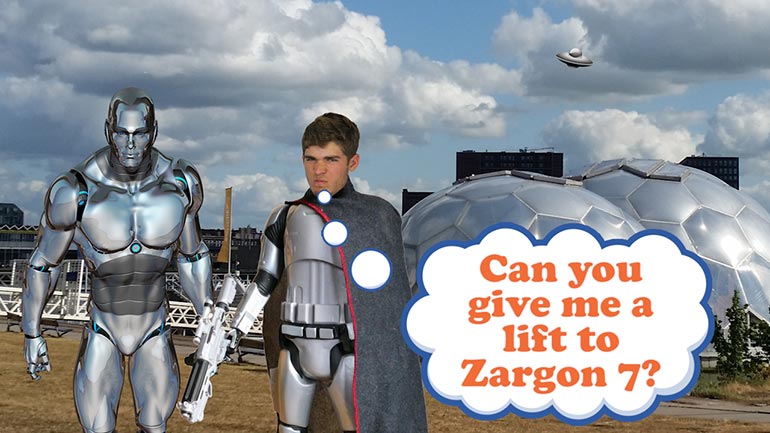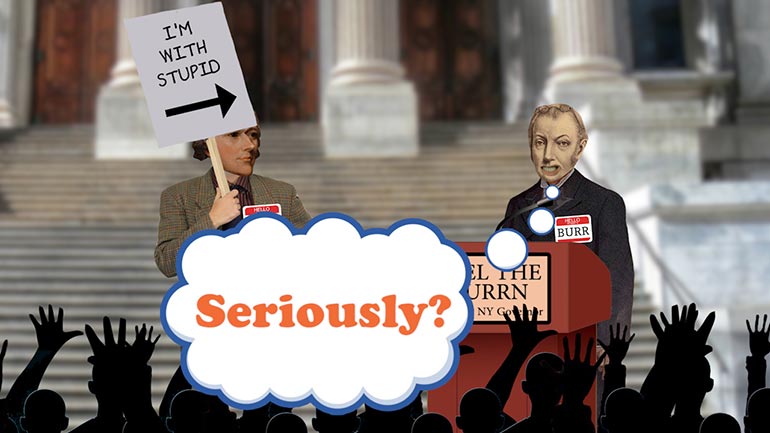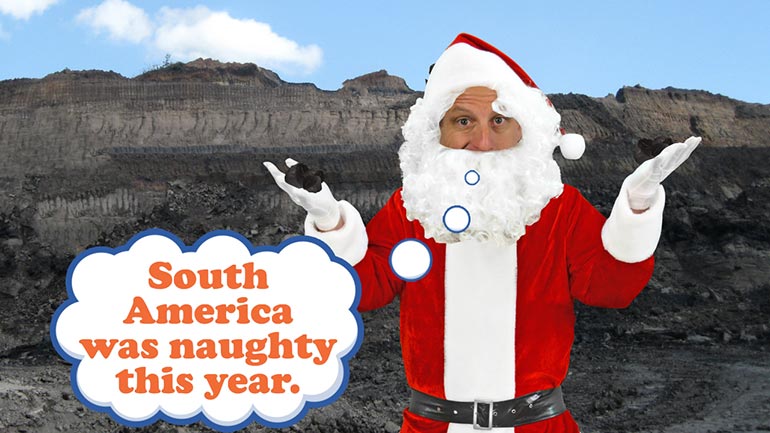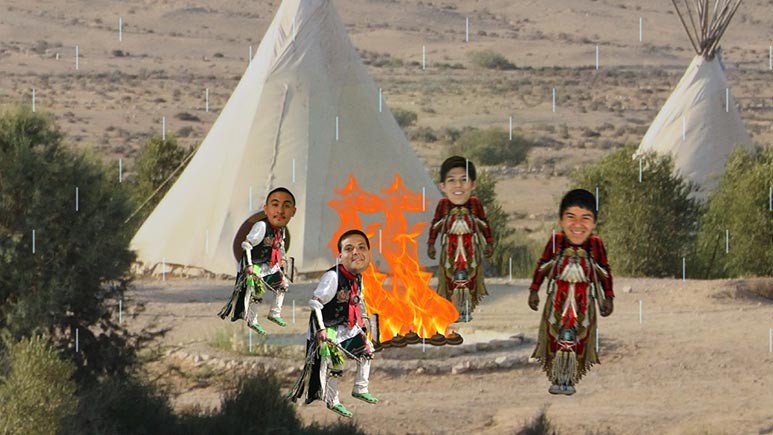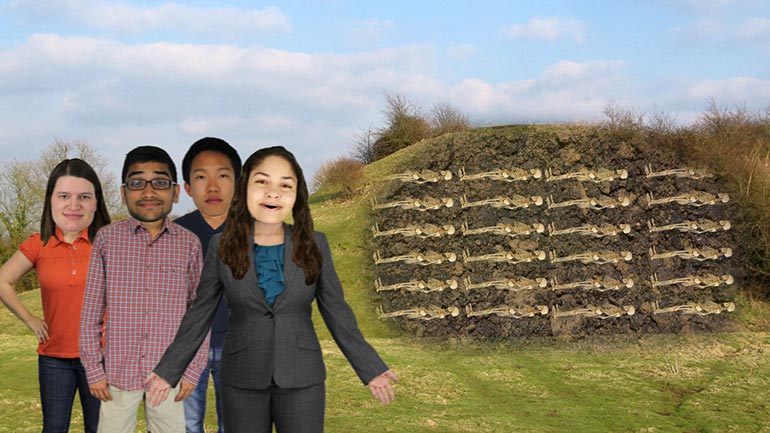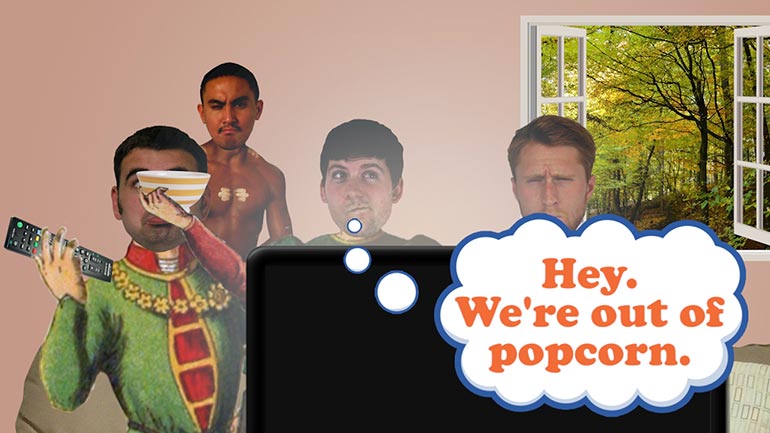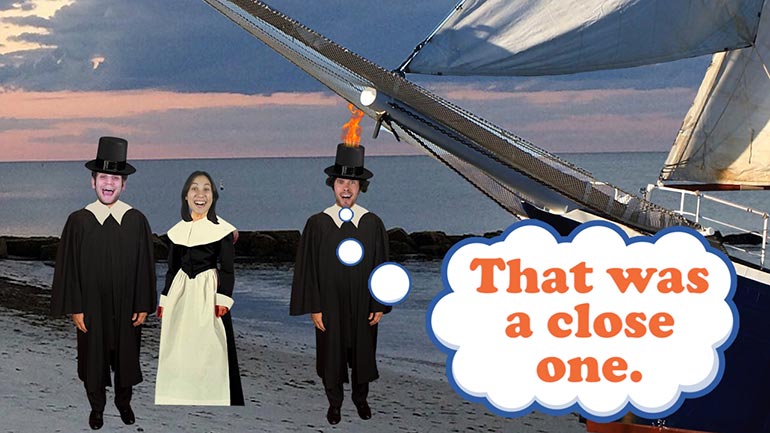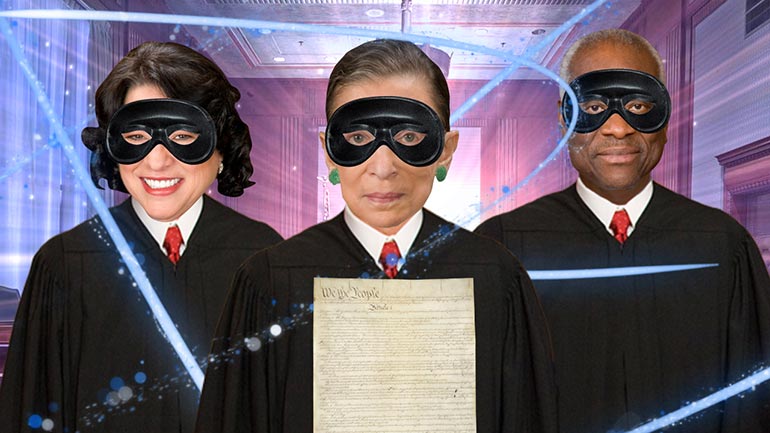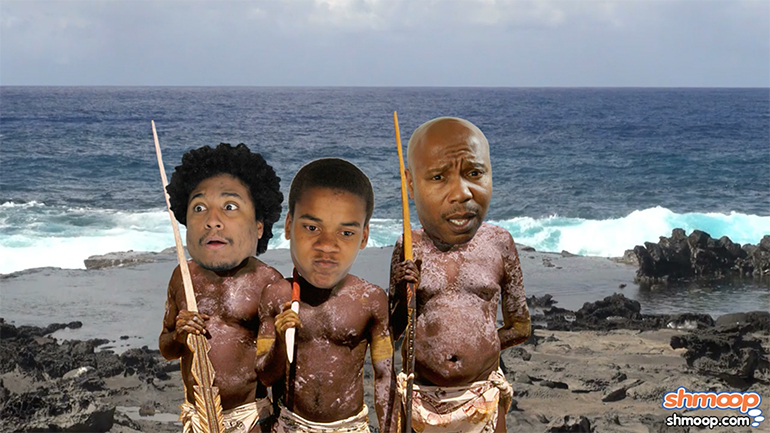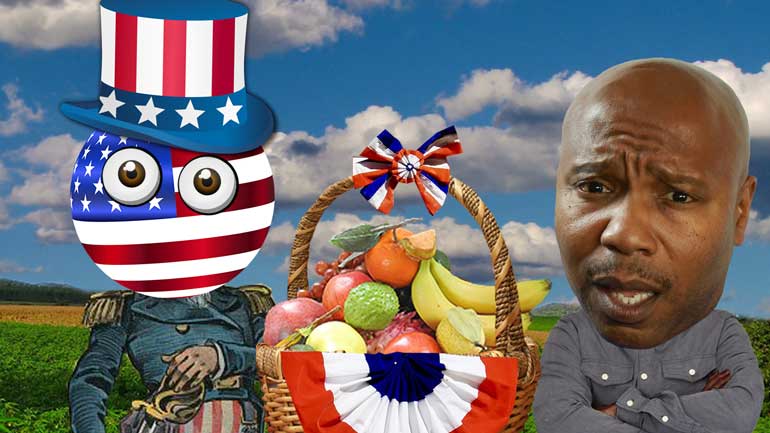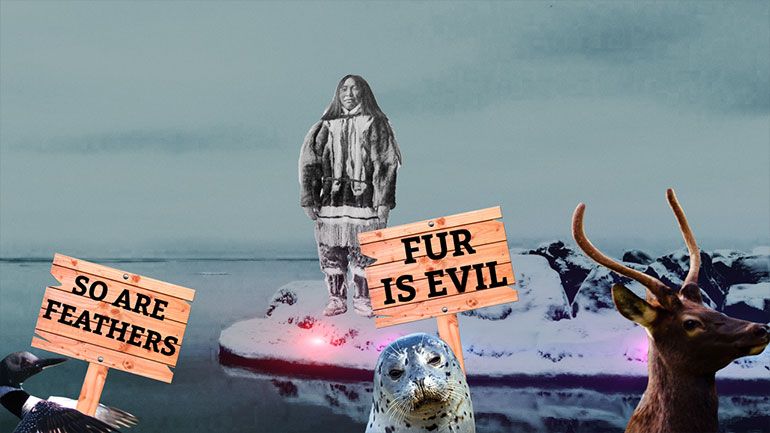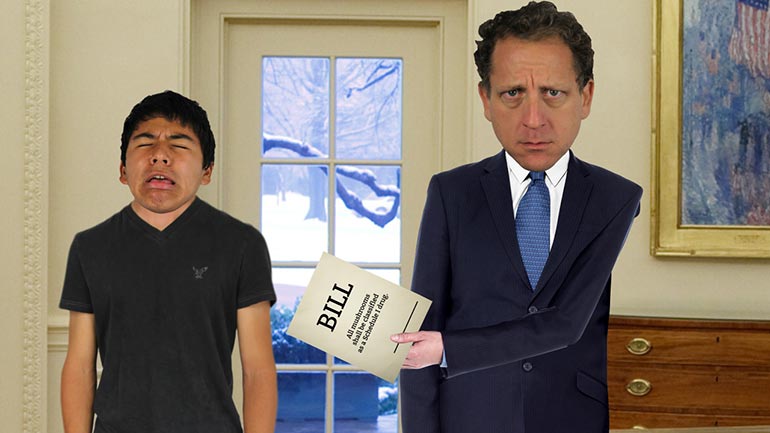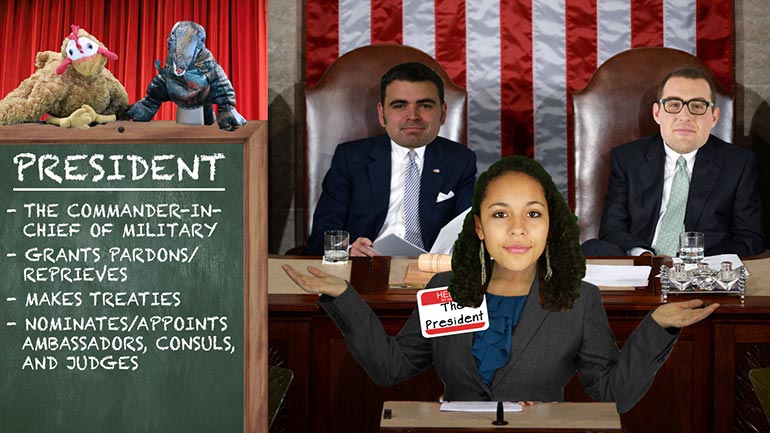ShmoopTube
Where Monty Python meets your 10th grade teacher.
Search Thousands of Shmoop Videos
Social Studies Videos 51 videos
Time periods are super important. What if The Lord of the Rings had taken place in the future? Frodo would have just used his rocket boots to...
Plantations may have made their owners rich, but it was at the expense of the slaves that worked there. They were treated terribly. Rickety houses,...
Okay, get this. During the Civil War people actually used to march into battle with bands that blasted heroic music in order to inspire the troops...
Social Studies 5: The Impact of One: Alfred Wegener’s Ideas and Pangaea 66 Views
Share It!
Description:
Get ready to learn about the biggest breakup the planet has ever seen. It all started with a relationship that the tabloids liked to call "Pangaea"...
Transcript
- 00:06
[Dino and Coop singing]
- 00:13
While curiosity may have killed the cat… [Gravestone for Mr. Fluffers]
- 00:16
… human curiosity has helped change the way we see ourselves and our world. [A zombie walking around]
- 00:20
Curious people see simple things as clues for… less simple things. [Magnifying glass shows an atom]
- 00:24
And they know that sometimes the first answer doesn’t tell the whole story, and that other
Full Transcript
- 00:28
observations might need to be made to get a clear picture of the truth. [Scientist looking through a telescope]
- 00:31
Which is a good thing. That’s how innovation happens.
- 00:34
Alfred Wegener was a curious person who saw something others didn’t.
- 00:38
In fact, because what Wegener saw was so new, at first people didn’t believe him…which [People looking unimpressed]
- 00:43
caused him to mope in his room all day listening to sad songs.
- 00:47
That’s right, Wegener was the first emo kid. [Emo kid sat on his bed]
- 00:49
Oh, and he was also a German scientist who, in 1912, put forward the theory of continental drift. [Wegener holding up his theory paper]
- 00:55
One day, Wegener was looking at a map of the world and saw that South America and Africa
- 00:59
lined up, almost like puzzle pieces. [Africa and South America put together]
- 01:01
Wegener believed that the continents might have been joined together once…
- 01:04
…and then…split up.
- 01:06
Break-ups are hard, even for land masses. [Different stages of continental drift shown]
- 01:08
Needing proof for his theory, Wegener decided to go all CSI on it. [Wegener at a crime scene]
- 01:12
And by that we mean “Continental Science Investigations.” [Wegener holding a briefcase that says 'Continental Science Investigations']
- 01:16
Wegener did indeed find evidence to support his one-continent theory, including small,
- 01:20
prehistoric fossils found on both continents… [Picture of a fossil]
- 01:23
… glaciers that had left scars in desert environments…
- 01:25
… and coal deposits found in unusual places.
- 01:28
Wegener theorized that at one point, all of the continents we see today must have been [Santa Claus holding a lump of coal]
- 01:32
joined in a single land mass, which he called “Pangaea”
- 01:35
…from the Greek word “pan” meaning “all” and “Gaia”, meaning “Mother Earth."
- 01:39
Makes more sense than naming it “Paul,” right?
- 01:42
Wegner’s theory is widely accepted now, but in
- 01:44
his time it was crazy stuff that flew in the face of accepted ideas about how landmasses [Page rips itself away and flies out the window]
- 01:49
on Earth were formed. So… his ideas about continental drift made him a kind of scientific rebel. [The paper hits someones windshield and they wipe it off]
- 01:54
Unfortunately, as has happened way too often in history, people had a hard time accepting
- 01:58
something that was so different from what they’d always believed was true. [Bars surrounding the scientist]
- 02:02
The scientific community challenged Wegener.
- 02:04
Which was a problem because, well, Wegener couldn’t actually explain how the continents [People asking Wegener questions as he presents his theory]
- 02:09
might have drifted. He just knew that they had.
- 02:11
It wasn’t until the 1950s that research into plate tectonics would fill in this gap [A giant book 'Plate Tectonics for Dummies' fills a canyon]
- 02:16
in Wegener’s theory. Unfortunately… Wegener wasn’t around to see his theory justified.
- 02:20
Which is massively disappointing, if you catch our drift.
- 02:24
In 1930, Wegener died while on an expedition in Greenland. [Wegener in huge winter coat]
- 02:28
He joined a long list of notable individuals in history who died before they saw their
- 02:32
accomplishments gain wide acceptance.
- 02:35
Still, it’s pretty cool that the curiosity of one person who lived a hundred years ago [Wegener's grave stone]
- 02:38
could so radically change our understanding of the world.
- 02:41
And hey, at least he’s being featured in a Shmoop video.
- 02:44
We like to think that’s the true peak of success… [Someone watching a Shmoop video on their computer]
Related Videos
Check out the best bias video ever made, courtesy of the most awesome and amazing educational website in existence.
No, this isn't a terrible new mint-peach bubble gum flavor...though it does tend to leave a bad taste in people's mouths.
Those settlers in Jamestown really should have settled down with all that land-stealing. Tobacco's bad for you anyway.
Being born out of multiple wars doesn't quite seem to fit the peaceful, polite Canadians we know and love today...oh wait, they were called The Bea...
Not every cartoon is meant to entertain small children while their mother gets some "Mommy time." There are also political cartoons, which are mean...
